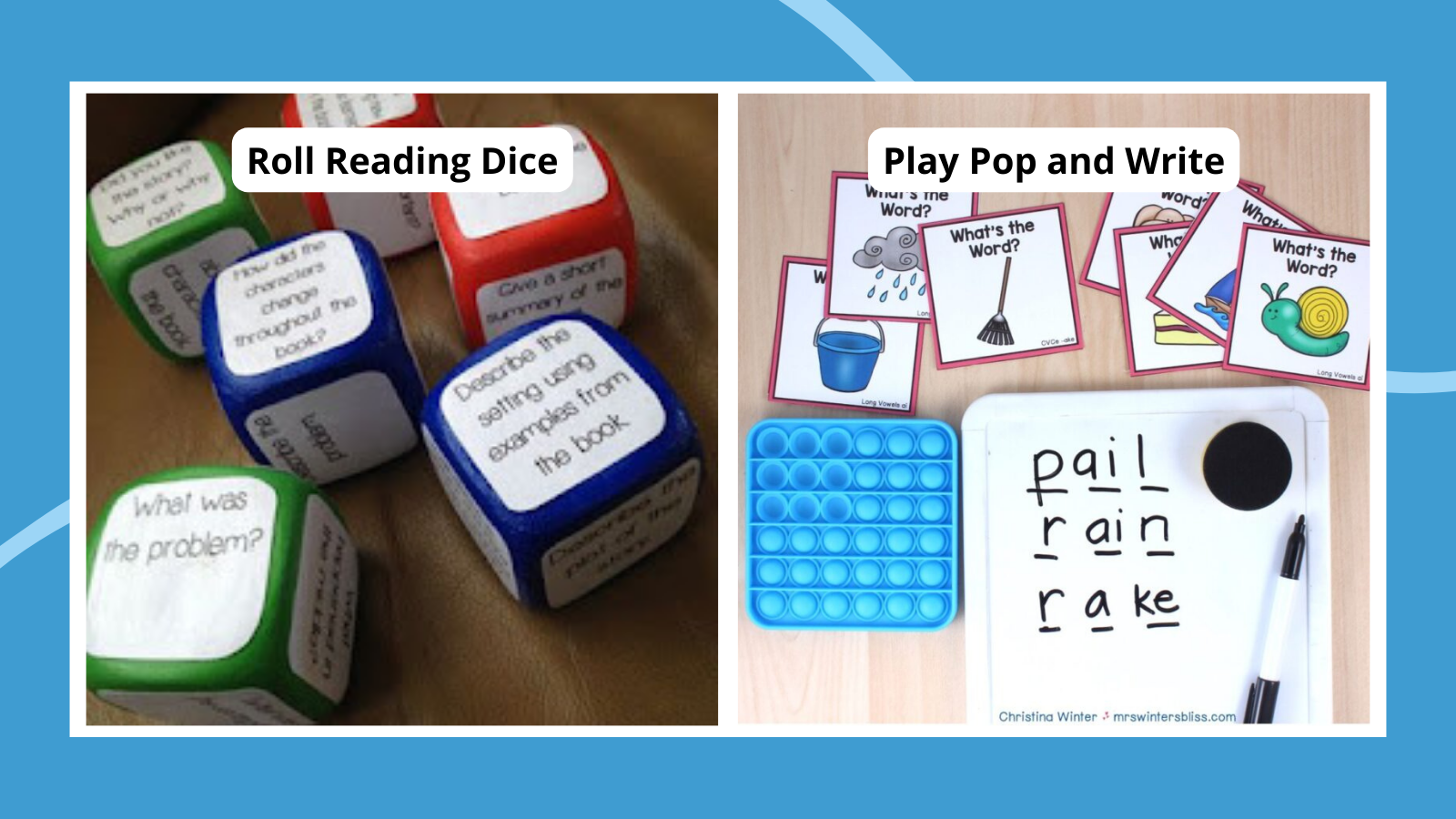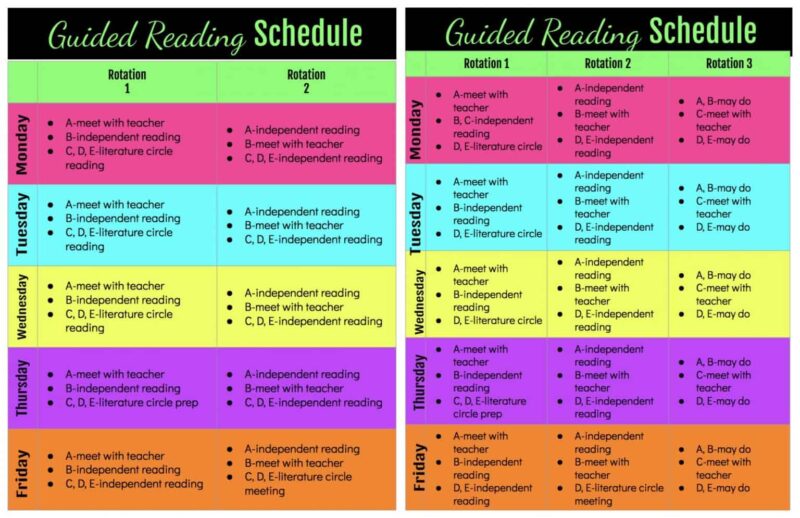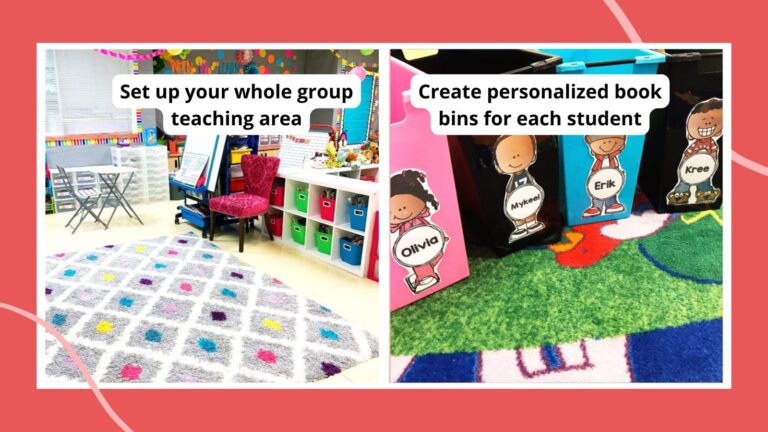Guided reading is small-group instruction that supports each reader’s progress with mini-lessons, practice, and feedback. Students read books at their level and engage in activities before and after that help them build core reading skills. Read on to learn how to teach a guided reading lesson, plus see our favorite guided reading activity ideas.
What is included in a guided reading lesson?
You’ll use the same text across multiple guided reading lessons. Depending on the skills you’re teaching and the text, you may plan guided reading lessons that span a few days or a week. The point is to really get into the text and practice reading skills with your feedback and guidance.
Each guided reading lesson is broken into parts:
Mini lesson
A mini lesson that focuses on phonemic awareness, phonics, word reading, fluency, or vocabulary. You can’t hit all of those in one mini lesson, so choose a skill that students will be using in the text they’re reading right after the mini lesson.
Read the book
Students read the decodable book independently. They may whisper-read while you listen, or they may read on their own and read aloud when you ask them to. During this time, you check in with students to make sure they are able to read and understand the text.
Comprehension activities
After students have finished reading, it’s time to talk about what they read. They’ll retell, answer questions, and engage in other comprehension-based activities.
Writing
The last part of a guided reading lesson is applying the skills they learned in writing. This could mean practicing writing words from the story, or writing sentences or responses to the story.
Preparing for Guided Reading
Guided reading takes planning—lots of planning. Doing this work on the front end will make guided reading an effective, fun time in your reading block. Here are the three steps you can take to make guided reading work:
Get students into groups
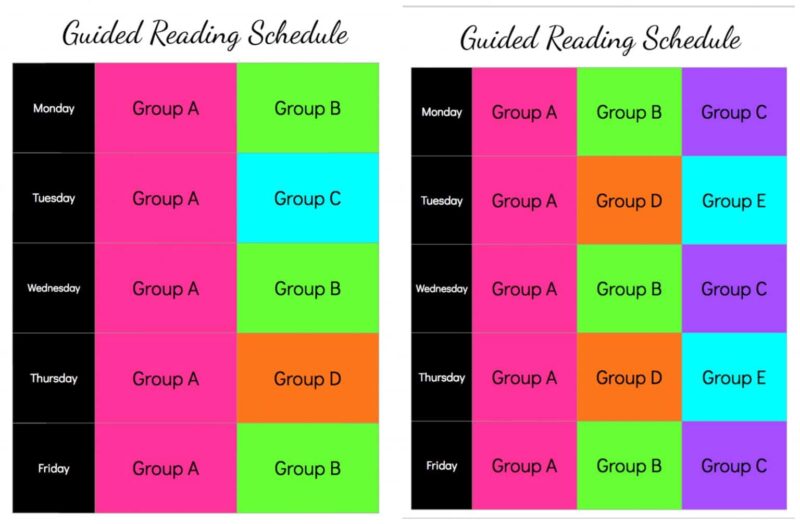
Ashleigh’s Education Journey/guided reading groups via Ashleigh-educationjourney.com
Use data from your school’s universal screening and other assessments to identify which students are working on the same thing for guided reading groups. Maybe you have a group of students who are working on long vowel patterns, while another group is working on reading multi-syllabic words. The text they read will give them a chance to practice what they’re learning, so it’s important to have the right groups.
Choose an appropriate text
Text selection is key during guided reading. Students should be working in text that they can just reach with support since they’re spending their reading time being closely monitored. Look for decodable texts, or texts that have words that students have learned. So, a short-“a” decodable reader would have words that only have the short “a” sound—it won’t include long “a” words or other vowels.
As students get older, finding books that they’re interested in reading continues to be important, but you’ll look for books that have features you want to teach, like text features or text structure.
Set the schedule
Set a schedule that ensures that each student gets what they need—students who are able to read and work more independently may need a different schedule than students who struggle to work on their own and need additional help with reading. A weekly schedule lets you make sure you’re hitting all the right skills and practice.
A guided reading schedule may also include intervention or Tier 2 groups. Read more about reading intervention.
Mini-Lesson Activities
Each guided reading lesson will start with a mini-lesson. You don’t have a lot of time, so focus on one aspect of reading that students are going to apply in the book that day.
Build and Write Words
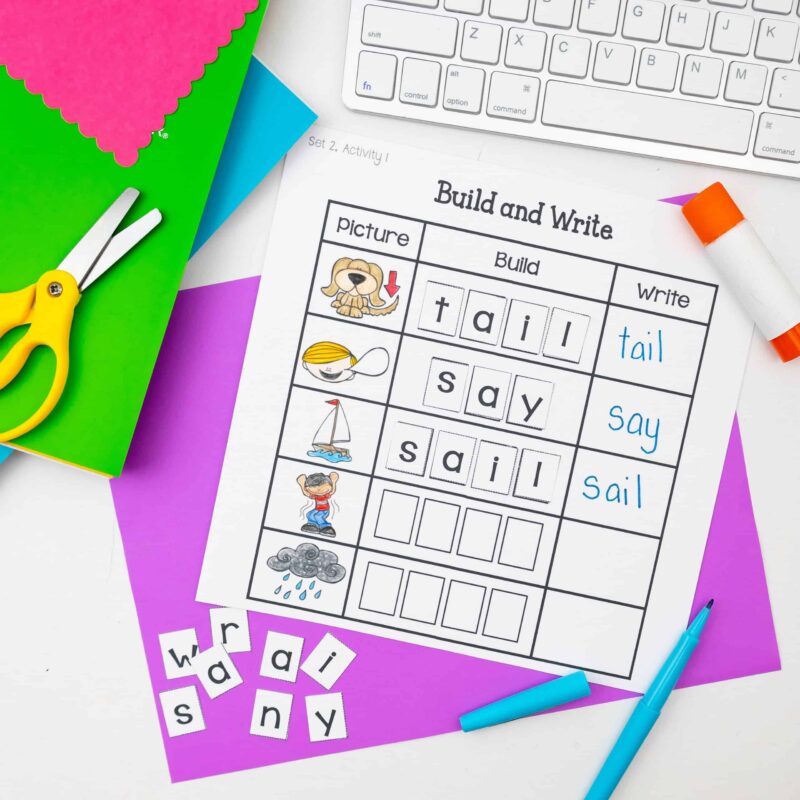
Ashleigh’s Education Journey/guided reading activity via Ashleigh-educationjourney.com
Give students practice forming words with letter tiles or cut-out letter squares. Students choose the letters they need to sound out words that they’ll read in the book. Then, with the model they’ve created, they can write the word in the next column.
Pop and Write
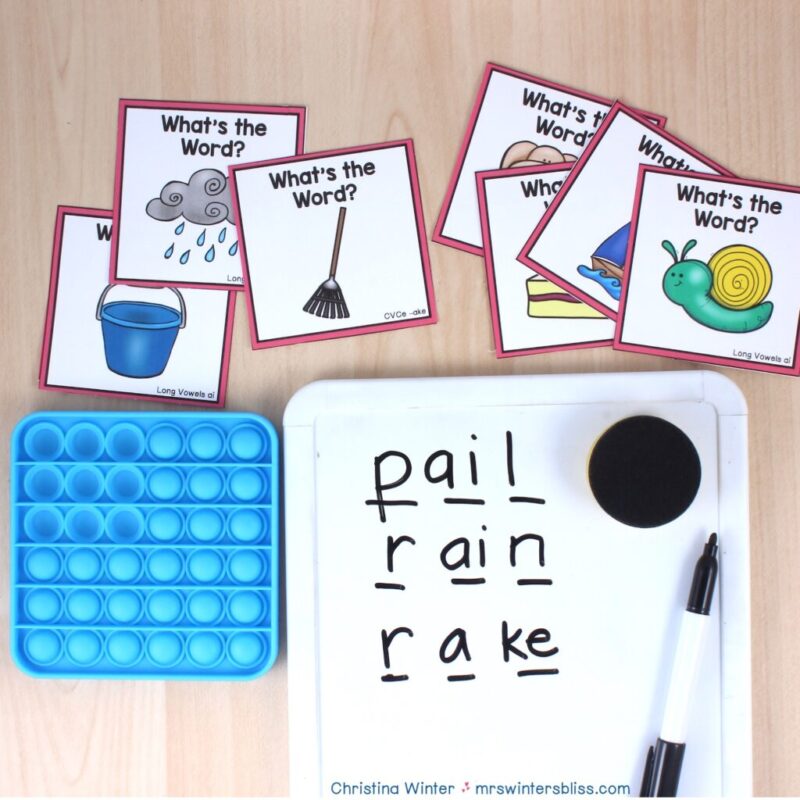
Mrs. Winter’s Bliss/word mapping activity via mrswintersbliss.com
In this guided reading activity, have students use a Pop-It to break a word into sounds. Then, students use a whiteboard marker to write the word. (Could you include more fun things in one activity?!) Combining the Pop-It for phonemic awareness and writing to practice encoding letter sounds is a great way to reinforce two skills at once.
CVC Word Reading
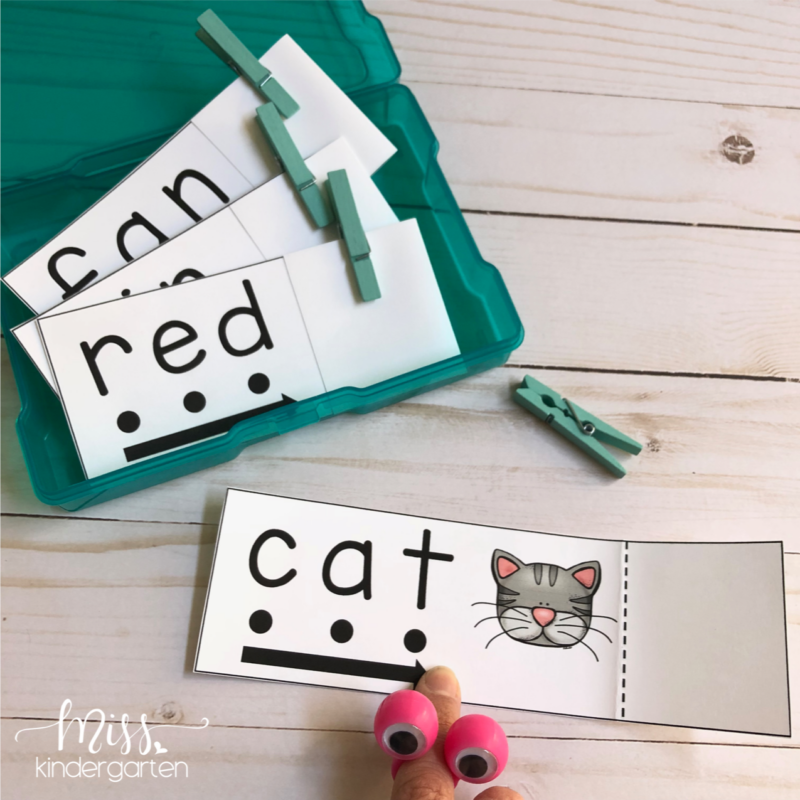
Miss Kindergarten/CVC word reading via misskindergarten.com
Use cards like these from Miss Kindergarten to practice pointing to and blending each sound in a word. Choose words that will be in the book students are reading and point out when they use the same strategy they use during the practice in their actual book reading.
Pre-Teach Vocabulary
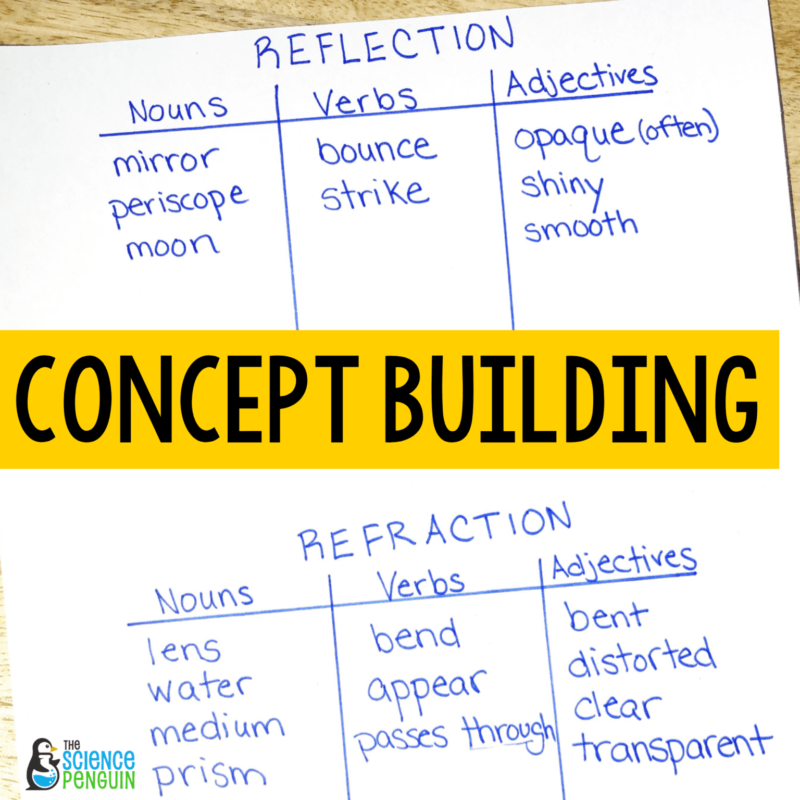
The Science Penguin/vocabulary concept building via thesciencepenguin.com
Help students start to organize and remember new vocabulary by having them work with words. In this example from The Science Penguin, students sort new words according to parts of speech to help commit them to memory.
Sight Word Sticker Book
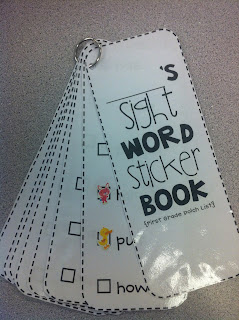
First Grader … at Last/sight word sticker book via Firstgraderatlast.blogspot.com
As students master sight words, have them put stickers by each word. Then, as a warm-up in guided reading, they can review the words they know and practice words they don’t. Set a day as sticker day, when they can prove that they’ve mastered a new word and add more stickers to their book.
Learn more: First Grader … at Last
Fluency Strips
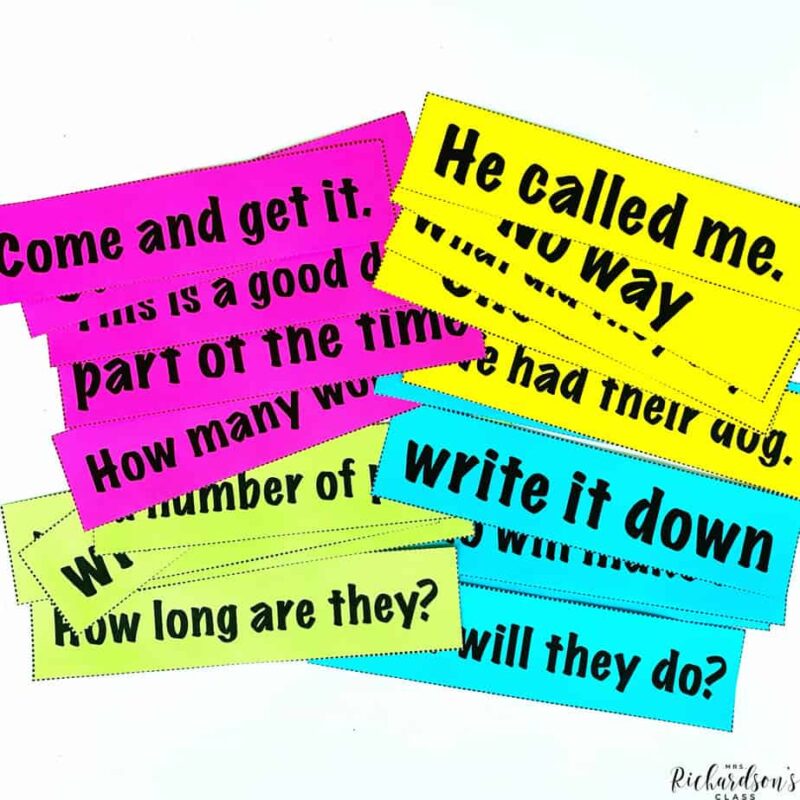
Mrs. Richardson’s Class/fluency Strips via mrsrichardsonsclass.com
In this guided reading activity, have students practice reading fluency with short, manageable strips of a phrase or a sentence or two. You can also print out sentences or short paragraphs from books they’re reading so you can build repeated reading practice into guided reading.
Learn more: Mrs. Richardson’s Class
Read more: Fluency Activities
Word Family Fluency
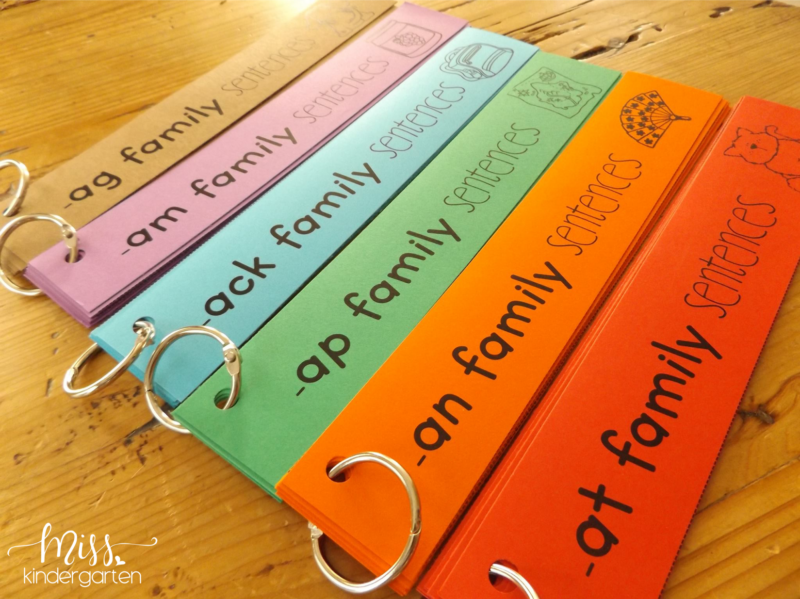
Miss Kindergarten/word family fluency via misskindergarten.com
Another way to work in some quick fluency practice is with word family sentence strips. Give students the strips for the word family they are working on and have them practice reading through the strips. If you organize them by color like Miss Kindergarten, you can also have a rainbow-sentence option with sentences from all the different word families.
Word Work
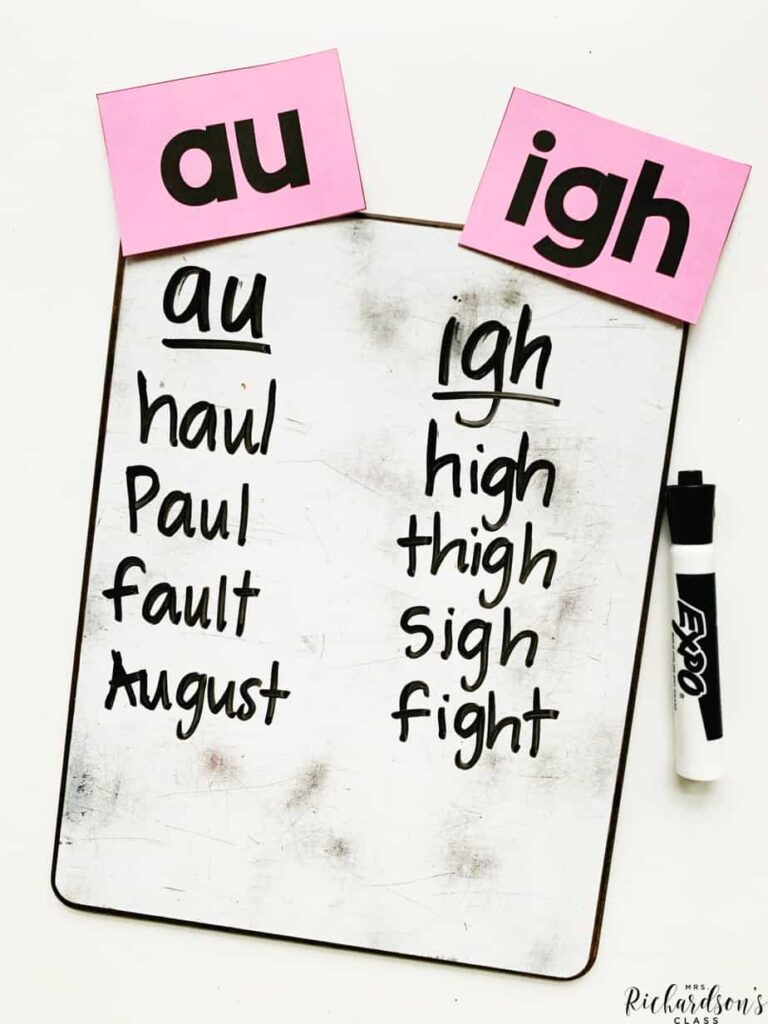
Mrs. Richardson’s Class/phonics practice example via mrsrichardsonsclass.com
Practice making words that have the same spelling pattern—for example, writing all the words that end in -igh. Choose spelling patterns students will see in the book you’re going to read so students can get maximum practice with the spelling patterns.
Read more: Phonics Activities
Preview the Text
Previewing the text, or looking at the main features, is a habit that you’ll want students to have as they read on their own. Use time during guided reading to preview each text before you read it.
Here’s how to preview a text with students:
During reading activities
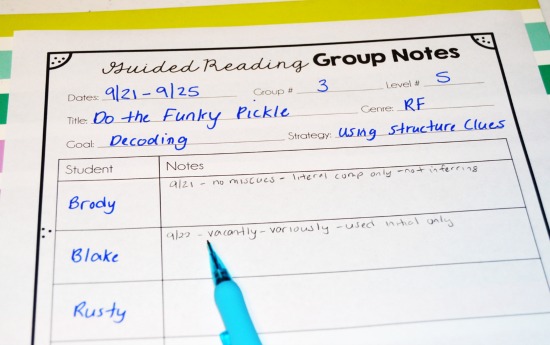
Teaching With Jennifer Findley/guided reading data tracker via jenniferfindley.com
During guided reading, the most important activity is reading. The teacher’s role is to listen as students read and then give them feedback on their reading. Correct a word here. Prompt them to use a strategy there.
Take notes on how students are reading each session so you have the data to track their progress.
Get it: Free printable guided reading note taker from Jennifer Findley
After reading activities
After students have read the text, it’s time to talk comprehension. They can practice retelling, answering questions, and discussing text with their small group. Their responses will show you how they’re doing in terms of understanding questions and pulling information out of the text.
Retelling Gloves
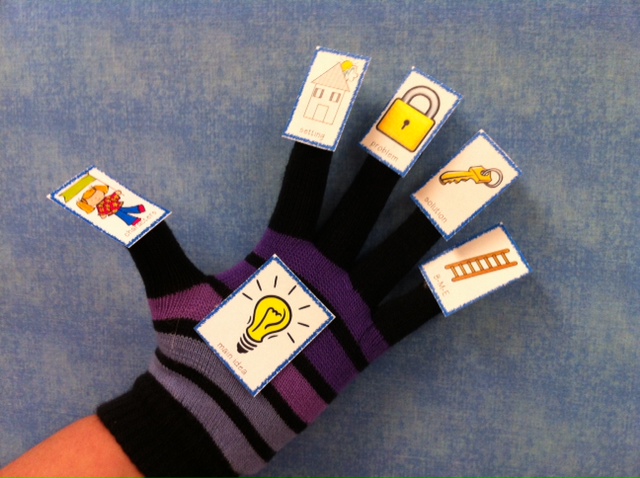
Buzzing With Ms. B/retelling gloves via buzzingwithmsb.com
Create a retelling glove and have students refer to each of the five fingers for each part of the story they should include in a retelling. This helps students who get lost in telling you all the details. You can have them put each finger down as they tell you that part of the story.
Learn more: Buzzing With Ms. B
Comprehension Fans
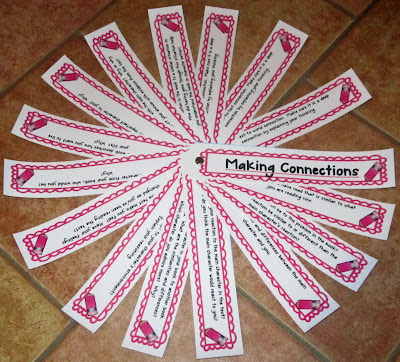
Runde’s Room/Comprehension Fans via rundesroom.com
Organize questions onto strips or cards, and put a collection of these questions on a ring to create a “fan” for this guided reading activity. Then have students select a question from the fan to ask a group, or write a response.
Learn more: Runde’s Room
Check out this list of printable questions for book discussions.
Fill In the Graphic Organizer
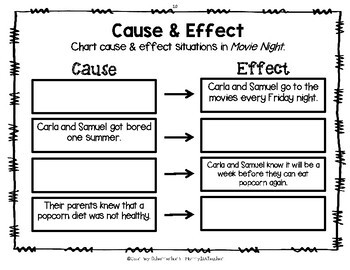
Courtney Schermerhorn/graphic organizer via teacherspayteachers.com
A graphic organizer is a great way to help students organize information they pull from a text. As students learn how to complete graphic organizers and use text structure to understand text, provide graphic organizers with some parts filled in to model a correct response (read: full sentences) and give students a scaffold to complete the entire organizer.
Buy it: Graphic organizer at Teachers Pay Teachers
Reading Dice
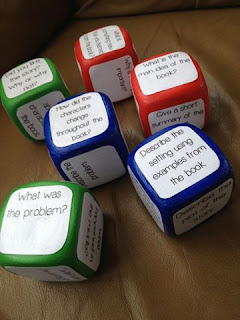
A Love 4 Teaching/reading dice via alove4teaching.blogspot.com
Write open-ended literature response questions on dice. Then, students roll the dice and answer the question that lands on top.
Learn more: A Love 4 Teaching
Comprehension Jenga
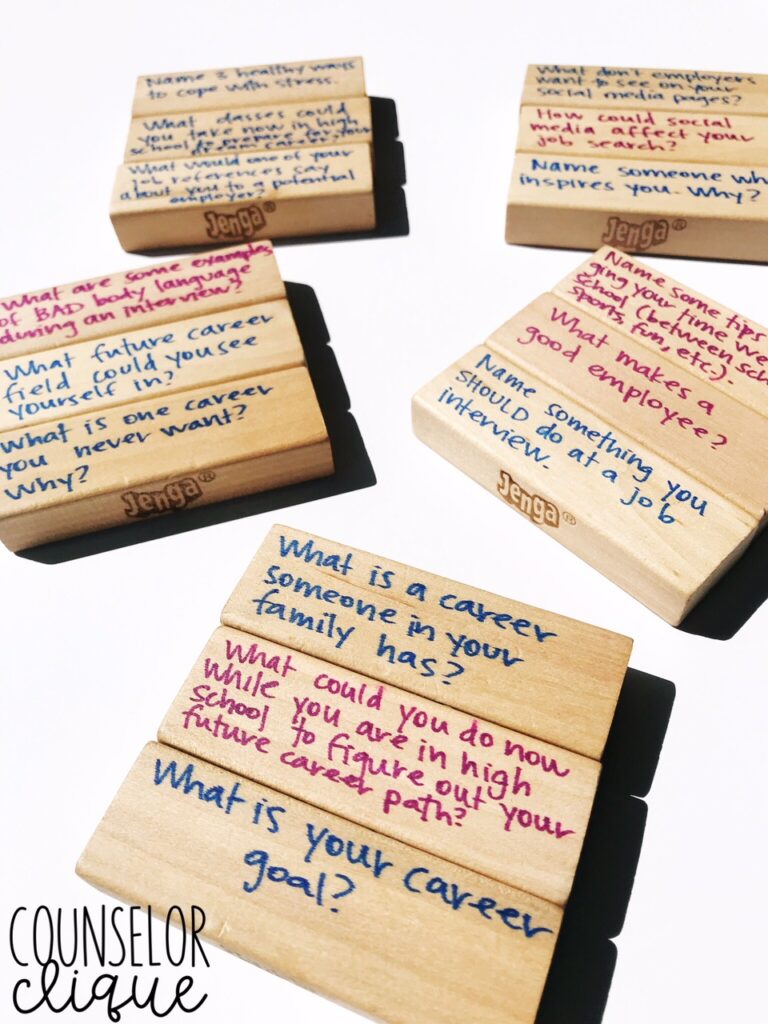
Counselor Clique/Questions on a Jenga game via counselorclique.com
Counselor Clique wrote questions for post-career goals in this example, but for guided reading, write questions on Jenga blocks that apply to your students’ age and reading goals. Then, play a game of Jenga—students pull a block from the stacked tower and answer the question they get.
Summarize Together
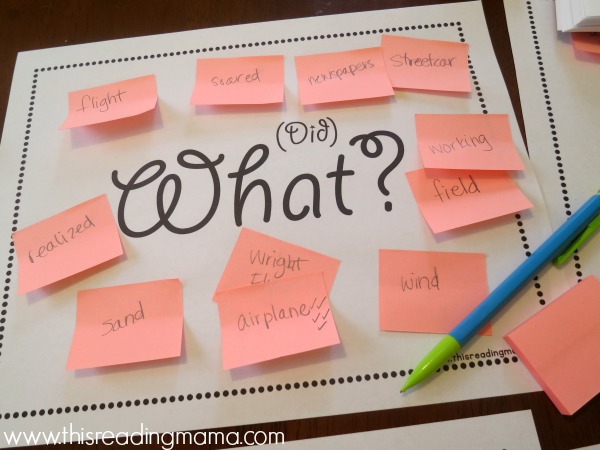
This Reading Mama/Summarizing Activity via thisreadingmama.com
Students practice summarizing using signal words by using sticky notes and papers that have the key features of a summary: who, what, when, where, why. After students write their signal words, they create a group summary by sticking them onto the paper. Over time, students can do this activity on their own or in a small group without direct supervision.
Read more: This Reading Mama
Bloom Balls
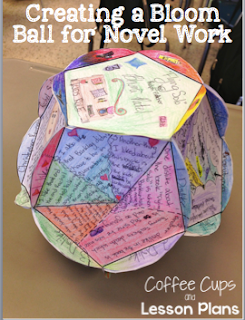
Coffee Cups & Lesson Plans/Bloom Ball activity via coffeecupslessonplans.com
Have older students create a Bloom Ball, a 12-sided ball with space to write on each side. Students write questions they can ask about any text, or projects they can do with any text, on each side. Then, they roll the ball to see which question they answer or which project they do.
Learn more at Coffee Cups & Lesson Plans.
Buy it: Bloom Ball template at Teachers Pay Teachers
Prediction Practice
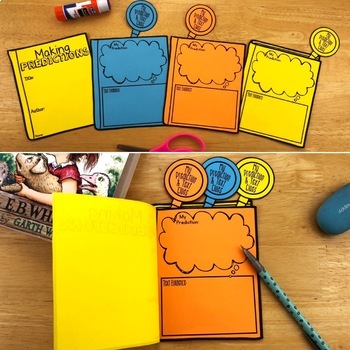
Raise the Bar Reading/making predictions activity via teacherspayteachers.com
Making predictions using information from the text is an important skill students use to maintain comprehension. Use a template, like this one from Raise the Bar Reading, to help students identify the information from the text, then use that information to make predictions.
Buy it: Making Predictions printable at Teachers Pay Teachers
Student-Led Groups
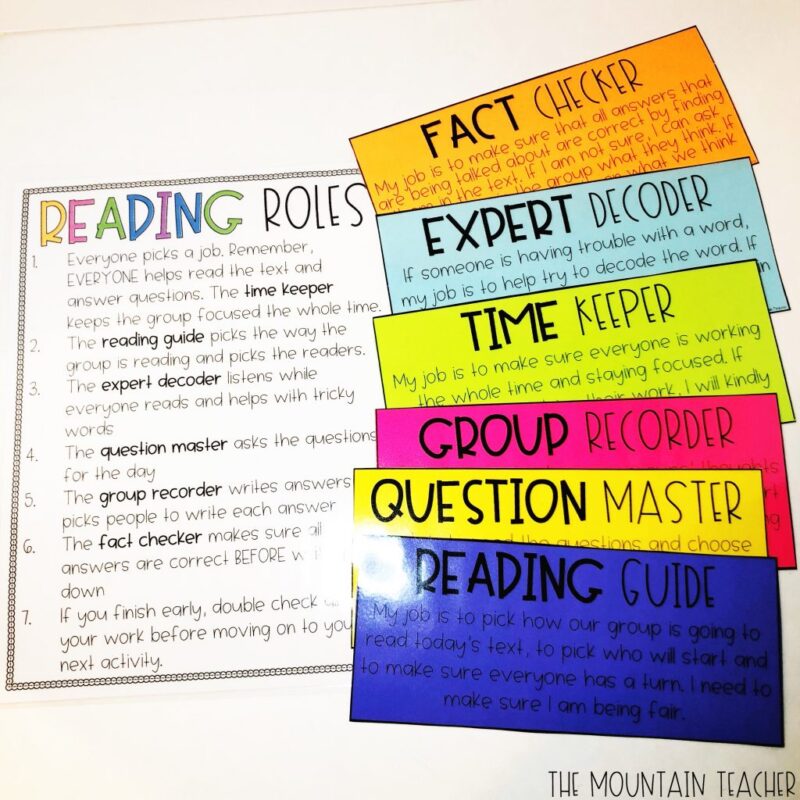
The Mountain Teacher/student-led reading groups via themountainteacher.com
As students get older and learn how to discuss text on their own, put them into groups to discuss. Having roles in the group can help some students stay on task, and ensures that everyone has something to be accountable for.
Learn more: The Mountain Teacher
Guided Writing
The last part of guided reading is writing! This is when students are able to consolidate everything they learned, put it into their own words, and maybe add some more ideas.
Letter Writing
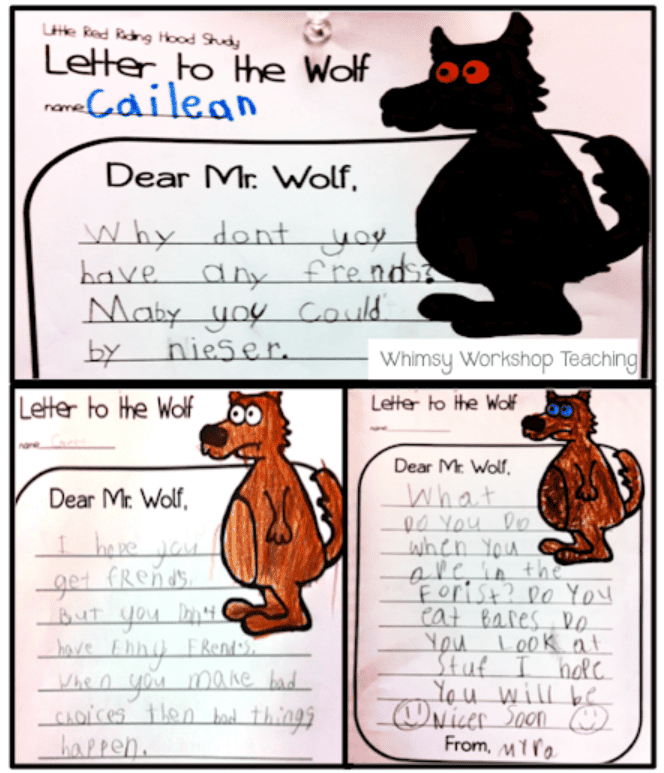
Whimsy Workshop Teaching/letter-writing examples via whimsyworkshopteaching.com
Letter writing is a great way to have students retell and engage with text. You can have students write a letter to a character (like the example from Whimsy Workshop Teaching). Or have students put themselves in the mind of one character and write a letter to another character in the book from that point of view. This activity is good for after students read an especially dramatic part in the story and one character has a secret or new information they can’t wait to share.
Newspaper Article
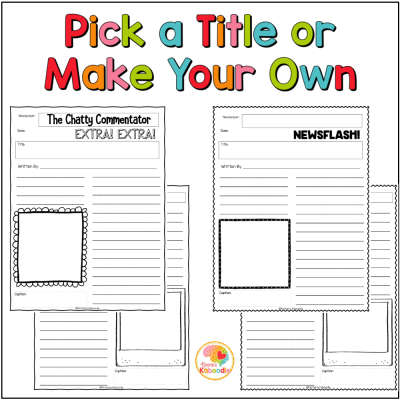
Kirsten’s Kaboodle/newspaper template via kirstenskaboodle.com
Newspaper writing is retelling for older students. This activity has students retell what happened in the day’s or week’s reading in a newspaper article format. Use a graphic organizer to make sure that students include all the relevant sections.
Buy it: Kirsten’s Kaboodle newspaper template
Pitch a Sequel
In this guided reading activity, have students write an idea for a sequel to the book or story they just read. Where would they take the characters next? What conflict would these characters get into next?
Comic Strip Retell
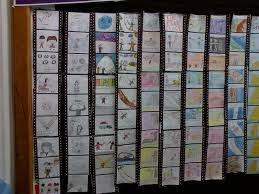
Mrs. RM/comic strip retelling via Pinterest
Another way to retell for older students: Use a comic strip format to show the beginning, middle, and end of a story or scene. For longer texts, you could have students build out a comic strip across multiple guided reading lessons, or have students work collaboratively to turn the entire story into a comic.
Graph Character Arc
This one will really engage students’ creativity. Students choose a type of graph (pie graph, chart, etc.) and track the character’s emotions or level of conflict in a scene or book. Label the graph with information from the story.
What are your favorite guided reading activity ideas? Share in our WeAreTeachers HELPLINE group on Facebook.
Check it out: 49 anchor charts all about reading comprehension.
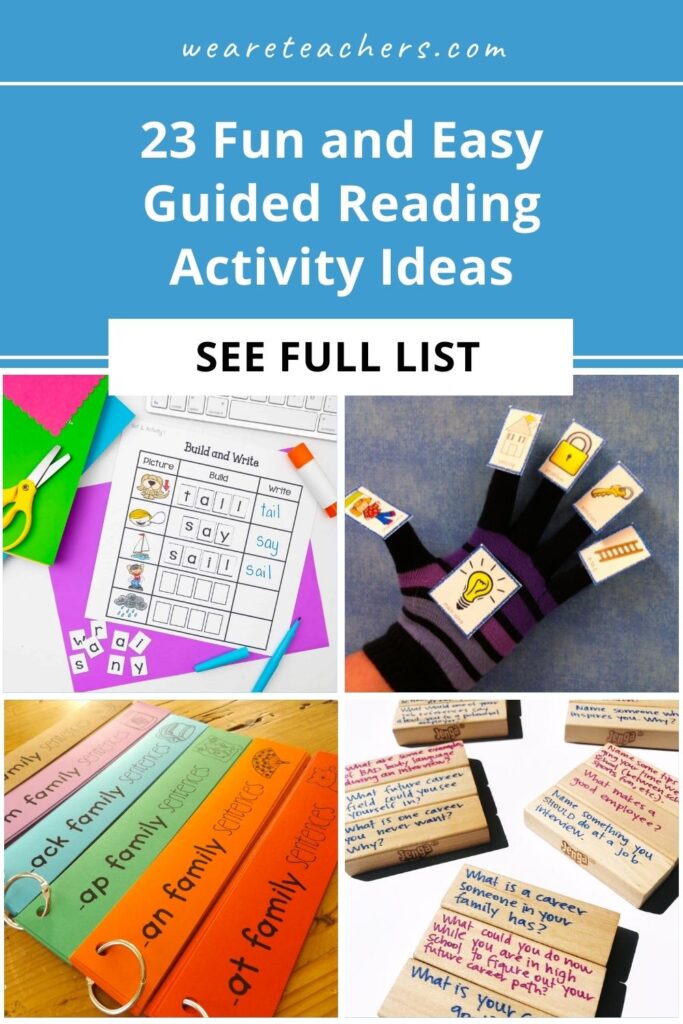
WeAreTeachers
